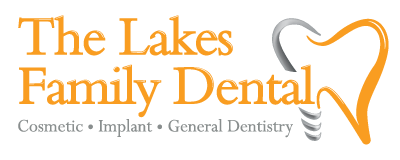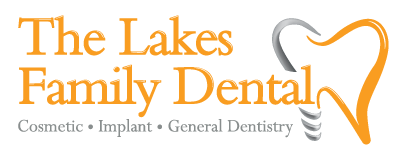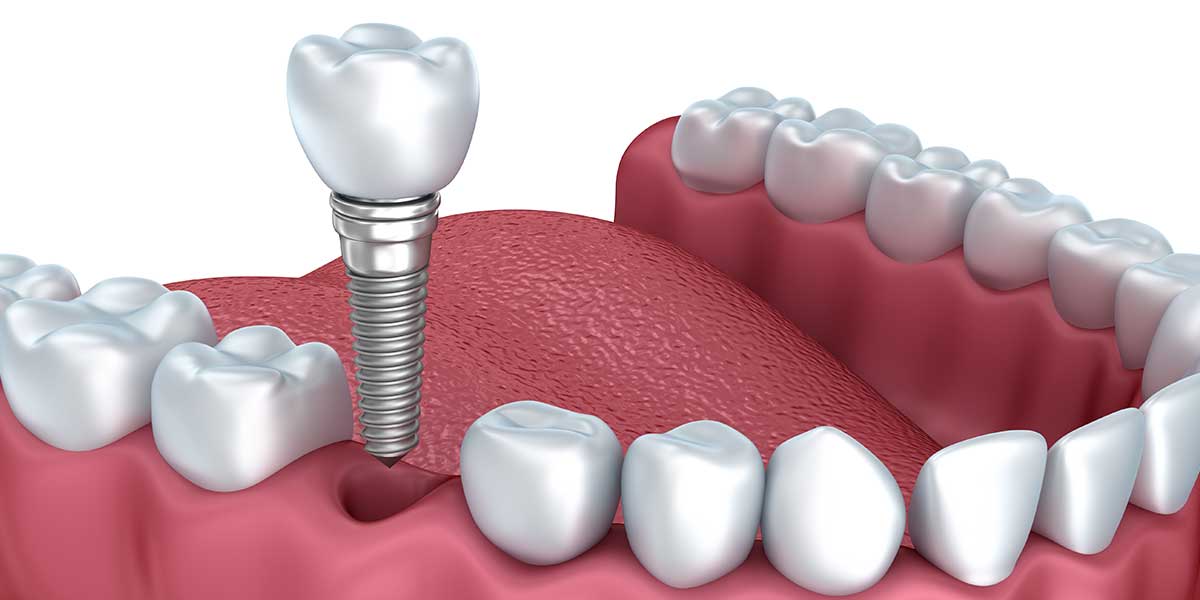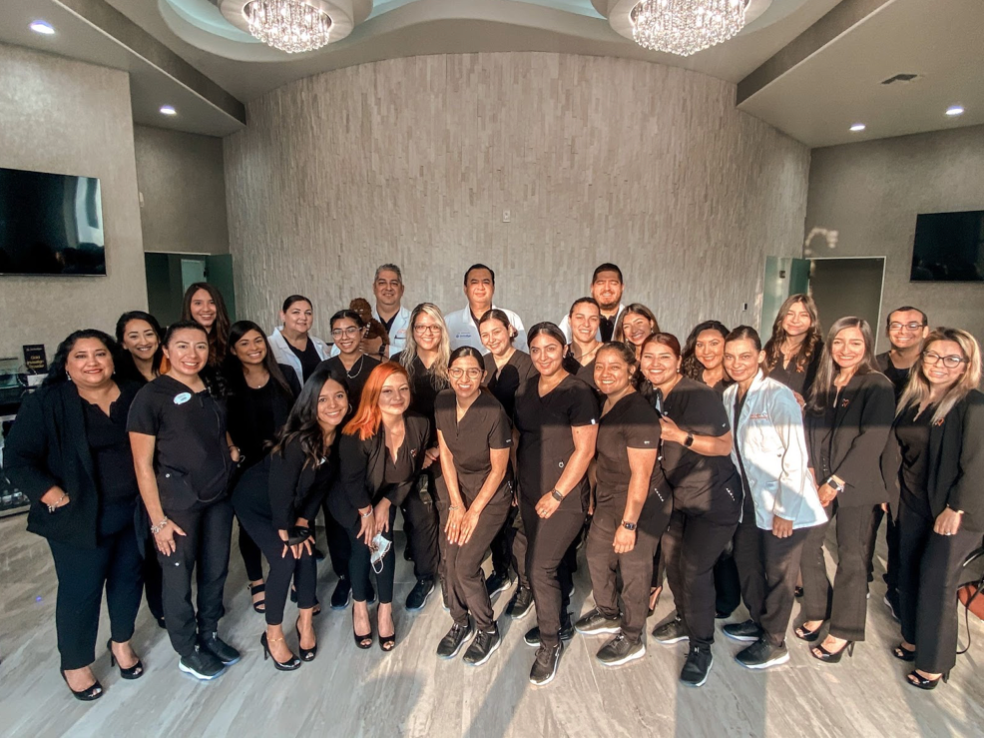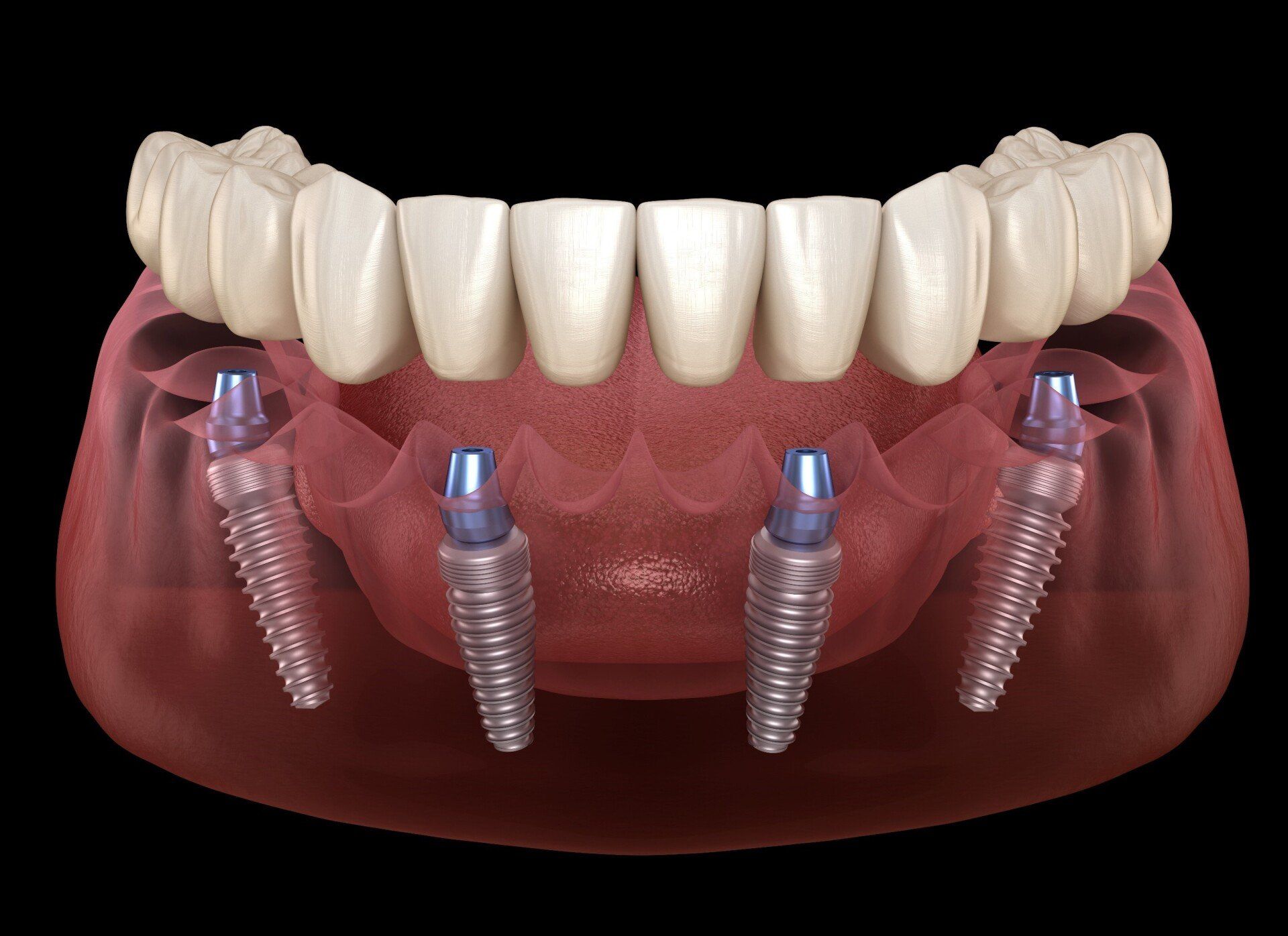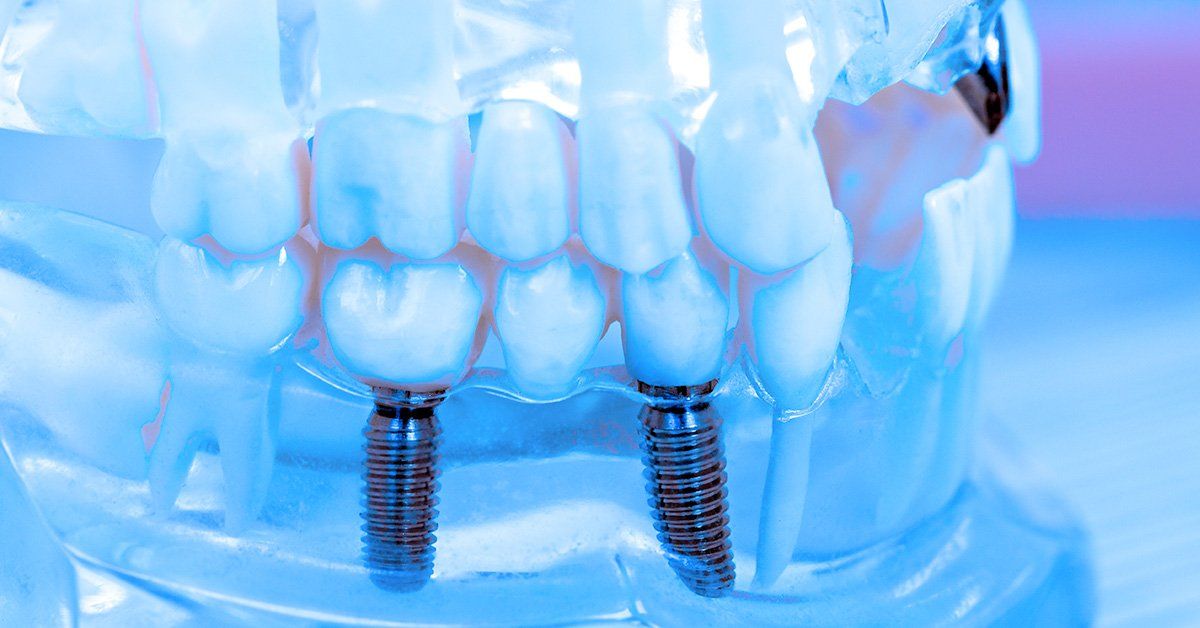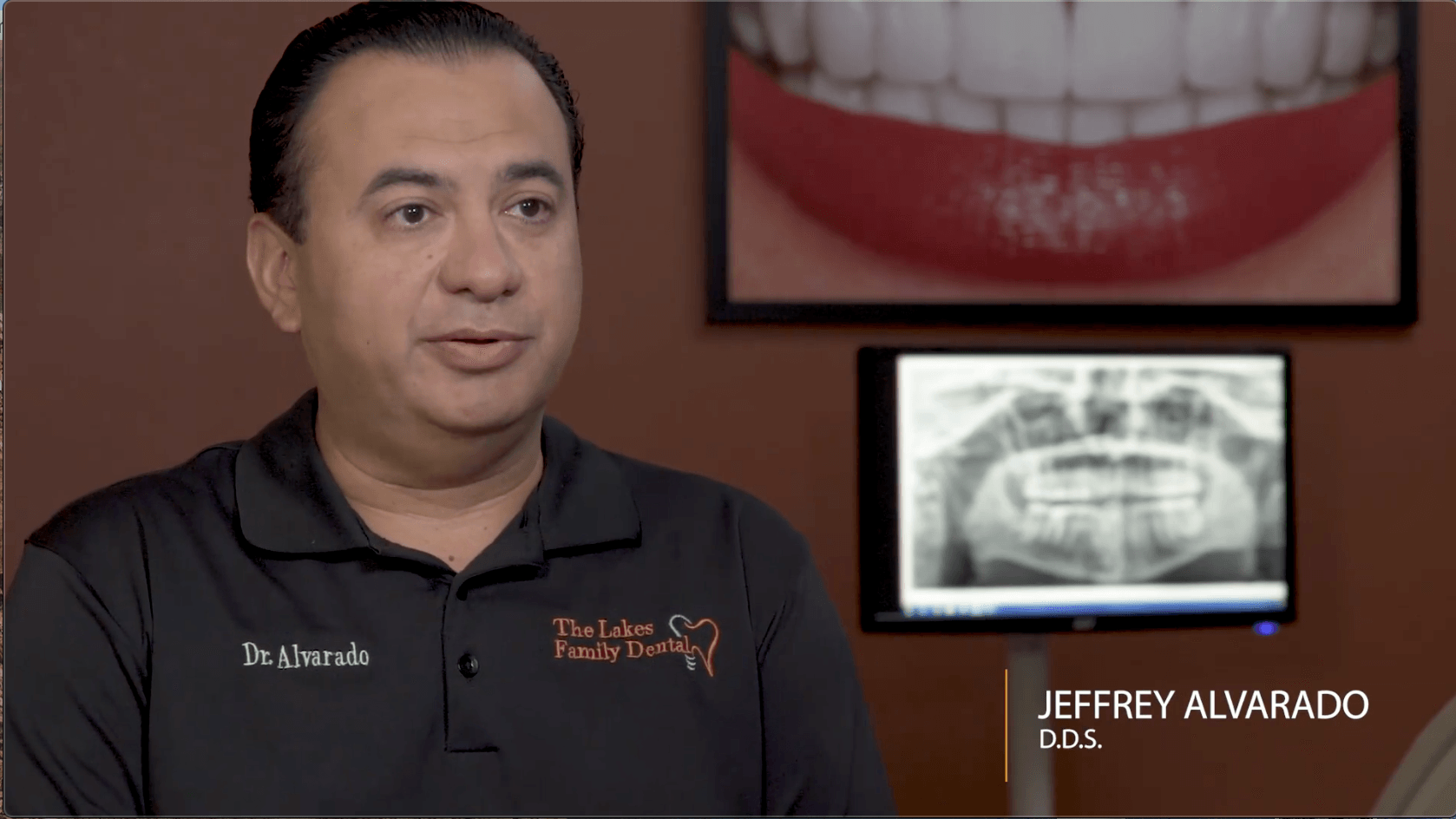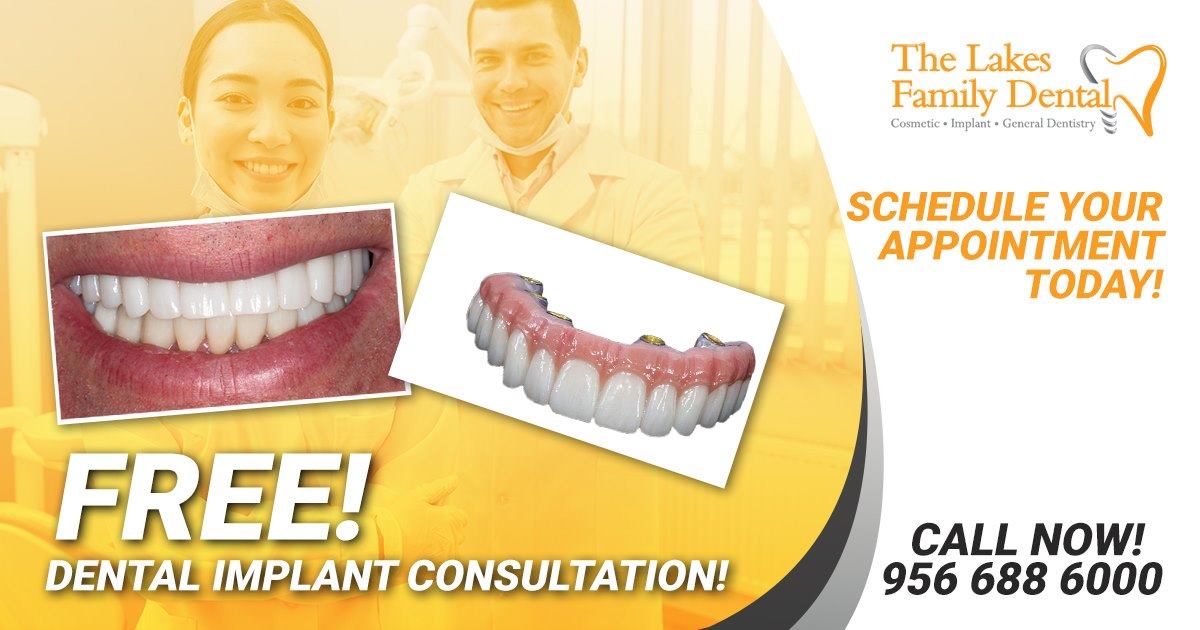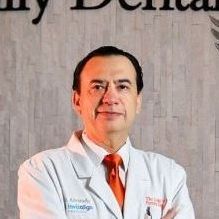What Is a Sinus Lift?
A sinus lift, or sinus augmentation, is a specialized dental procedure designed to increase the amount of bone in the upper jaw, especially in areas near the molars and premolars, to allow for successful dental implant placement. If you’re located in Edinburg, TX, and have insufficient bone in the upper jaw due to tooth loss, gum disease, or other factors, a sinus lift might be the solution you need to restore your smile and quality of life.
At The Lakes Family Dental, Dr. Jeffrey Alvarado offers this procedure to help patients regain the ability to smile with confidence while providing the foundation needed for long-lasting dental implants.
Why Do You Need a Sinus Lift?
In Edinburg, TX, many patients suffer from insufficient bone mass in the upper jaw due to various factors such as tooth loss, aging, or gum disease. A sinus lift is often necessary when there is not enough bone to support dental implants, a solution that can improve your appearance and oral health.
- Tooth Loss: When teeth are lost, the bone in the jaw begins to shrink. This is especially common in the upper jaw, making it difficult to place implants without a sinus lift.
- Gum Disease: Chronic
gum disease can result in bone loss, weakening the jaw structure, and creating the need for bone grafting or a sinus lift.
- Sinus Proximity: If the sinus cavity is too close to the upper jawbone, it can prevent implant placement. A sinus lift creates space by lifting the sinus membrane and adding bone graft material.
- Aging: As you age, the bone in your jaw naturally diminishes, which is another common reason for requiring a sinus lift procedure.
- Genetic Factors: Some people naturally have thinner bone structures in the upper jaw that may need augmentation to make dental implants possible.
Benefits of a Sinus Lift
A sinus lift offers many benefits, especially for patients who want to restore the functionality of their smile. Here are some of the key advantages:
- Enables Successful Implant Placement: By increasing the amount of bone in the upper jaw, a sinus lift ensures that dental implants can be securely placed, leading to long-lasting results.
- Improved Aesthetics and Functionality: Dental implants provide a natural-looking and functional solution for missing teeth, allowing you to speak, eat, and smile with confidence.
- Prevents Future Bone Loss: By augmenting the jawbone, the sinus lift procedure helps prevent further bone deterioration, thereby preserving the structure of your jaw.
- Permanent Results: Dental implants offer a long-term solution for missing teeth and can help maintain the integrity of your smile for many years. A sinus lift can help make this procedure possible.
Can't Call Us Now?
Sinus Lift Page
How a Sinus Lift Procedure Is Performed
It is typically performed in a few distinct steps, each aimed at creating the optimal environment for dental implants. Below is an overview of how Dr. Alvarado and our team perform this procedure:
- Consultation and Imaging: Dr. Alvarado will begin with a thorough consultation, reviewing your medical history and conducting advanced imaging, including X-rays or 3D CT scans, to evaluate your bone structure and sinuses.
- Anesthesia and Sedation: Local anesthesia is administered to numb the treatment area. In some cases,
sedation options will be provided to help you remain relaxed and comfortable throughout the procedure.
- Making the Incision: To access the sinus cavity, Dr. Alvarado will make a small incision in the gum tissue near the molars or premolars.
- Lifting the Sinus Membrane: The sinus membrane is gently lifted to create space for the bone graft. This is the crucial step that allows the bone graft material to be placed into the sinus cavity.
Read More
5. Bone Graft Placement: Once the sinus membrane is lifted, bone graft material is placed into the space created. This can be from your own bone, synthetic materials, or donated bone tissue. This graft will eventually fuse with your natural bone over the coming months.
6. Suturing and Healing: After the bone graft material is placed, the gum incision is sutured, and the healing process begins. Over the next several months, the graft will integrate with your natural bone, preparing the site for dental implants.
7. Dental Implant Placement: Once your sinus lift and bone graft have healed, Dr. Alvarado will place dental implants into the newly strengthened bone. The implants will then integrate with the bone, providing a secure foundation for artificial teeth.
What to Expect After a Sinus Lift Surgery
Recovery from a sinus lift surgery requires proper care to ensure optimal healing. While each patient’s recovery may vary, here’s what to expect:
- Initial Recovery: After the surgery, you may experience mild swelling, bruising, and discomfort, which is typically managed with prescribed pain relievers and anti-inflammatory medications. You may also notice some light bleeding in the first few hours after the procedure.
- Follow-up Care: Dr. Alvarado will schedule follow-up appointments to monitor your recovery and ensure the bone graft is integrating correctly with your jawbone. Regular check-ups are critical to confirm that healing is progressing as expected.
- Activity Restrictions: During the healing period, you’ll need to avoid activities that could put pressure on the sinus cavity, such as heavy lifting or blowing your nose. Dr. Alvarado will provide detailed instructions on how to care for the surgical site and what activities to avoid.
- Full Healing Timeline: The healing period for a sinus lift typically takes 4 to 9 months. During this time, the bone graft will fuse with your natural bone, creating a solid foundation for dental implants. Once healing is complete, Dr. Alvarado can proceed with implant placement.
Aftercare Tips for Sinus Lift Surgery
Following your sinus lift surgery, proper aftercare is critical to ensure successful healing and minimize the risk of complications. Dr. Jeffrey Alvarado will provide you with specific instructions, but here are some general aftercare tips that will help you recover smoothly:
- Follow Your Medication Instructions: You will likely be prescribed antibiotics to prevent infection and pain medications to manage discomfort. Be sure to take your medications exactly as prescribed. If you experience any unusual side effects or reactions, contact Dr. Alvarado immediately.
- Avoid Physical Activity: It is essential to avoid heavy lifting, bending, or any activities that may strain your body in the days following your sinus lift surgery. Activities that put pressure on your sinuses can disrupt the healing process, so be sure to follow Dr. Alvarado’s recommendations on when to resume physical activity.
- Keep Your Head Elevated: For the first few days after surgery, it’s important to keep your head elevated, even while sleeping. This helps reduce swelling and promotes better blood circulation around the surgical site.
- Avoid Blowing Your Nose: For several weeks following surgery, avoid blowing your nose, as this can put pressure on the sinuses and potentially damage the surgical site. Dr. Alvarado may also recommend using a saline spray to keep your sinuses moist without causing discomfort.
Read More
5. Stick to Soft Foods: After your surgery, stick to a diet of soft, cool foods for the first few days to avoid irritation to the surgical site. Avoid hard, crunchy, or spicy foods, which may interfere with the healing process.
6. Monitor for Infection: While rare, infections can occur after surgery. Watch for signs of infection, including increased swelling, redness, or unusual discharge. If you experience any of these symptoms, please contact Dr. Alvarado immediately for guidance.
7. Schedule Follow-Up Appointments: Dr. Alvarado will schedule follow-up appointments to monitor your healing and ensure the graft is integrating with your bone as expected. These appointments are vital for confirming the success of the procedure.
Common Misconceptions About Sinus Lift Surgery
There are several myths and misconceptions about sinus lift surgery that can deter patients from considering this procedure. Dr. Jeffrey Alvarado wants to dispel some of these myths so that you can make an informed decision about your oral health.
- "A Sinus Lift is Extremely Painful": One of the most common misconceptions is that a sinus lift is a highly painful procedure. In reality, most patients experience only mild discomfort after the surgery, which can be managed effectively with prescribed medications. Local anesthesia and sedation help ensure that you are comfortable during the procedure itself.
- "A Sinus Lift Surgery Takes a Long Time to Heal": While the healing process from a sinus lift can take a few months, this doesn’t mean that the recovery is difficult. Most patients heal without complications. Dr. Alvarado will provide specific aftercare instructions to ensure your recovery is as smooth as possible.
- "I Can’t Get Dental Implants After a Sinus Lift": A sinus lift is specifically performed to allow for the successful placement of dental implants in the upper jaw when there’s insufficient bone. After the sinus lift and healing period, you will be able to receive implants, restoring both the functionality and appearance of your smile.
- "The Procedure Is Too Expensive": While the cost of a sinus lift can vary, it is important to consider the long-term benefits. A sinus lift enables you to receive dental implants, a long-lasting solution for missing teeth. Many patients find that the investment in a sinus lift pays off with improved oral function and a more confident smile.
Sinus Lift vs. Other Bone Grafting Procedures
A sinus lift is one of several types of bone grafting procedures, each designed to restore bone structure in different parts of the jaw. Here’s how a sinus lift compares to other types of bone graft procedures:
Sinus Lift vs. Ridge Augmentation
- Sinus Lift: This procedure is specifically aimed at adding bone to the upper jaw in the area around the sinuses to support dental implants. It is typically performed when the sinus cavity has expanded into the space left by missing teeth.
- Ridge Augmentation: This procedure is performed when there is not enough bone along the lower or upper jaw to place implants. Ridge augmentation involves adding bone to the jaw to restore its natural contour and provide a stable foundation for implants.
Sinus Lift vs. Block Bone Grafting
- Sinus Lift: A sinus lift focuses on the sinus area, specifically the upper jaw, and adds bone in that space. It is usually done when the sinuses are too close to the upper jaw to place implants.
- Block Bone Grafting: In this procedure, bone is taken from another part of the body (usually the chin or hip) and placed in areas of the jaw that are severely deficient in bone. This type of grafting is often used for more complex bone deficiencies.
Sinus Lift vs. Socket Preservation
- Sinus Lift: This procedure is often required when a patient has lost teeth in the upper jaw and has significant bone loss. The sinus lift makes room for implants by raising the sinus membrane and adding bone.
- Socket Preservation: This is a less invasive procedure performed immediately after tooth extraction. Bone grafting material is placed into the empty socket to preserve the bone’s volume and prevent it from shrinking.
Both sinus lifts and other bone grafting procedures are vital components of preparing the jaw for dental implants. The right option for you will depend on the extent of your bone loss and your unique oral health needs. Dr. Alvarado will work with you to determine the best course of action.
Understanding the Sinus Lift and Dental Implant Connection
Many people who are interested in dental implants also require a sinus lift to ensure a stable foundation for the implants. Here’s how the two procedures are connected:
- The Need for Bone for Dental Implants: For dental implants to be successful, they need a strong and stable foundation of bone to fuse with. When patients lose teeth, the bone structure in the upper jaw often shrinks. This can make implant placement challenging. A sinus lift restores the bone volume needed to place implants successfully.
- The Role of the Sinus Lift in Implant Success: A sinus lift is specifically designed to address the lack of bone in the posterior (back) area of the upper jaw. The procedure lifts the sinus membrane and adds bone graft material, creating a stable environment for dental implants. Once the bone heals, implants can be placed with a higher chance of success and long-term stability.
- How a Sinus Lift Improves Your Smile: The restoration of bone from a sinus lift enables the placement of implants that are both natural-looking and functional. Whether you’re missing one tooth or several, a sinus lift can help you achieve a smile that is both aesthetically pleasing and fully functional
Are There Any Risks or Complications?
While rare, complications can arise during or after a sinus lift. These may include:
- Sinus Membrane Perforation: In some cases, the sinus membrane may be accidentally punctured. This is typically addressed immediately during the procedure.
- Infection: As with any surgery, there is a risk of infection, but this can be minimized with proper care and antibiotics as prescribed.
- Graft Failure: In rare cases, the bone graft may not integrate as expected. If this happens, additional procedures may be required.
Dr. Alvarado will explain these risks in detail during your consultation and ensure that you are fully informed before undergoing the procedure.
Frequently Asked Questions About Sinus Lift Surgery
What is a sinus lift, and why do I need it?
A sinus lift, also known as sinus augmentation, is a surgical procedure to add bone to the upper jaw, particularly in the area of the molars and premolars. It is performed when there isn’t enough bone in the upper jaw to support dental implants. The procedure is especially useful for patients who have lost bone due to tooth loss, gum disease, or aging.
How do I know if I need a sinus lift?
If your dentist has recommended dental implants but has concerns about the quality or quantity of bone in your upper jaw, you may need a sinus lift. Dr. Alvarado will assess your dental and medical history and may use X-rays or CT scans to determine if a sinus lift is necessary for implant placement.
How long does the sinus lift surgery take?
The sinus lift procedure typically takes 1 to 2 hours, depending on the complexity of the case and whether additional procedures are required. Dr. Alvarado will discuss the specifics during your consultation to give you an estimated timeline for your procedure.
Is the sinus lift procedure painful?
During the procedure, you will be given local anesthesia to ensure that you are comfortable and pain-free. Some discomfort, swelling, and mild bleeding may occur in the days following the surgery, but these symptoms are usually manageable with prescribed pain relief.
How long is the recovery after a sinus lift surgery?
The initial recovery period typically lasts a few days, while complete healing of the bone graft can take 4 to 9 months. Dr. Alvarado will provide specific instructions for your aftercare and schedule follow-up appointments to monitor your progress.
Can a sinus lift be performed at the same time as dental implant placement?
In some cases, dental implants can be placed simultaneously with the sinus lift procedure. This is called an "immediate sinus lift." However, depending on the condition of the bone and your individual situation, Dr. Alvarado may recommend performing the sinus lift and implant placement at different times.
What are the risks associated with a sinus lift?
Like any surgical procedure, a sinus lift carries some risks, although they are rare. Possible risks include infection, sinus membrane perforation, or graft failure. Dr. Alvarado will discuss these risks with you during your consultation and take precautions to minimize any potential issues.
How do I care for myself after a sinus lift surgery?
After the procedure, it’s essential to follow Dr. Alvarado’s post-surgical instructions to minimize the risk of complications. This may include avoiding physical exertion, refraining from blowing your nose, and taking antibiotics as prescribed. Maintaining proper oral hygiene is also crucial for a smooth recovery.
What is the cost of a sinus lift in Edinburg, TX?
The cost of a sinus lift can vary depending on the complexity of the procedure, the type of graft material used, and whether additional treatments are required. Dr. Alvarado will provide you with a detailed estimate during your consultation. Many insurance plans offer partial coverage for sinus lift procedures when they are part of a larger implant treatment plan.
Can I get dental implants after a sinus lift?
Yes, dental implants are typically placed after the sinus lift procedure has had time to heal and the bone graft has integrated with your natural bone. This healing process can take several months, but once completed, dental implants can be securely placed, restoring both the function and appearance of your smile.
Schedule Your Consultation with Dr. Alvarado
If you are interested in learning more about sinus lift surgery in Edinburg, TX, or if you think you may need this procedure for your dental implants, Dr. Jeffrey Alvarado and the team at The Lakes Family Dental are here to help. Contact us today to schedule a consultation and begin your journey toward a healthier, more confident smile.
